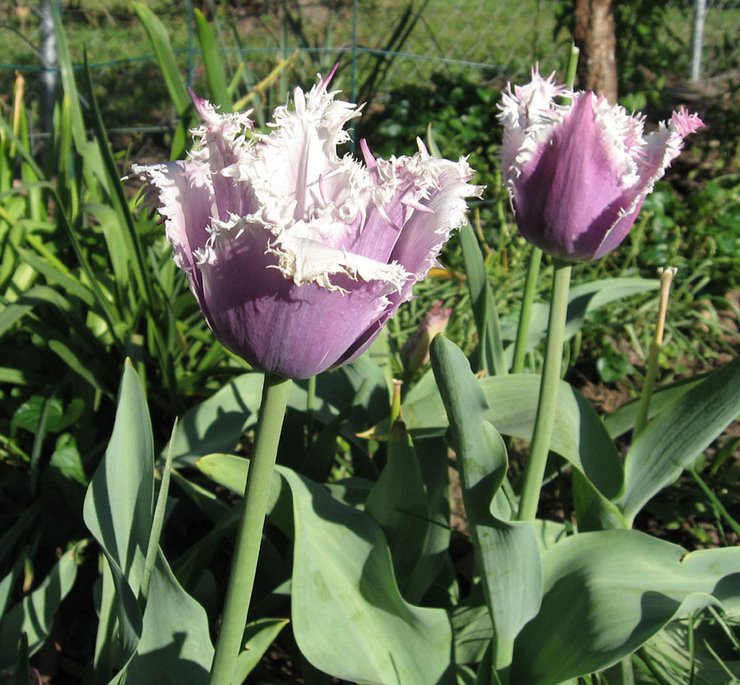 |
| Lavender and white snapdragons |
|
Allergy Index Scale: 1
Perennial, commonly sold as annual
Full sun, 10 inches - 4 feet
The snapdragon is a cool-weather plant, so now with the pleasant fall temperatures, my snapdragons are blooming profusely again. Since they can tolerate some frost, I plant them early in the spring, generally a couple of weeks before the last spring frost date. They bloom beautifully all spring and into the early summer. Then I trim them back, water them well, and see little from them until fall, when most will resume flowering.
Snapdragons are available in a wide range of colors, just about everything but blue, as well as softly-shaded bi-colors. They bloom along a flower spike, opening gradually from the bottom upwards. They have a light fragrance, and attract butterflies. Snapdragons come in various heights: dwarf ones that grow to about 10 inches, medium at about 18-24 inches, and tall that may reach 3-4 feet. I generally prefer the dwarf snaps, as they fit better into my flowerbeds, don't require staking as do the taller ones, and come in the largest choice of colors.












